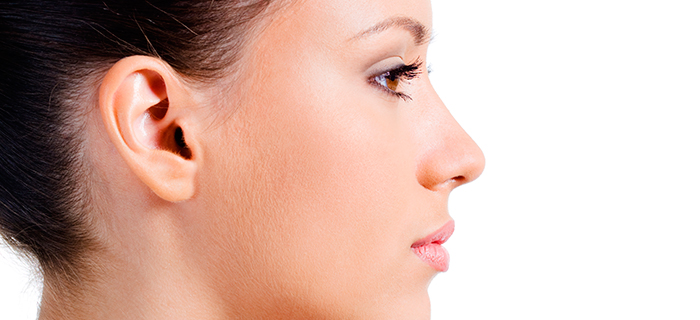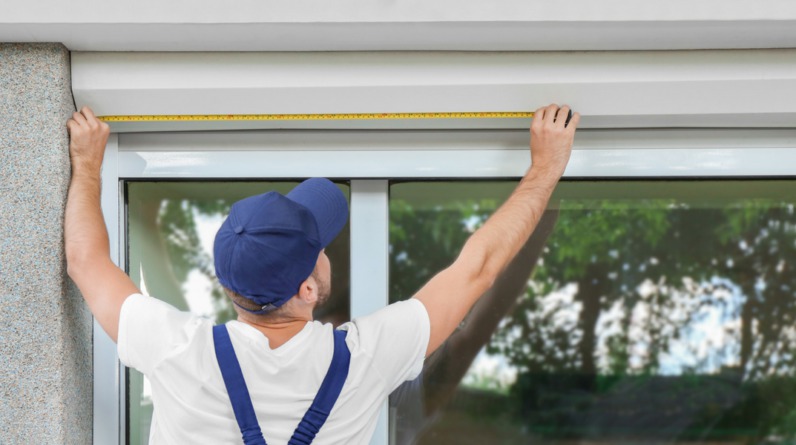
Rhinoplasty isn’t a procedure that has the same set of steps with every patient. Each operation is unique and the way a doctor handles each patient is never the same. It’s a procedure that may be done inside the patient’s nose, between their nostrils, with a small incision at the base of the nose. The surgeon will most likely readjust the bone and cartilage underneath the skin. Your cosmetic surgeon can augment your nasal bone or cartilage in several ways, depending on how much needs to be added, the structure of your nose and available materials.
However, for small adjustments, your surgeon might use the cartilage that was harvested from deeper inside your nose or from your ear.
Surgery
Rhinoplasty requires the use of local anaesthesia with sedation or general anaesthesia. This depends on the complexity of the surgery and your surgeon’s preferences. Immediately after surgery, you’ll be put in a recovery room, where the staff will be able to monitor you until you’re fully awake. You may be able to go home later that day or if there are other health concerns you may have to stay overnight.
Read Also: Nose Job (Rhinoplasty) FAQs
Recovery
When you are able to go home, you will need bed rest, with your head raised higher than your chest. This will help reduce the bleeding and swelling. Your nose may remain congested, due to the swelling, or from the splints placed inside your nose during surgery.
In most cases, the internal dressings remain in place for one to seven days after surgery. Your doctor will also tape a splint to your nose to protect and support it. The splint usually remains in place for a week.
Slight bleeding and drainage of mucus are common for a few days after the surgery and after the removal of the dressing. To decrease the chances of bleeding and swelling, your doctor may ask that you follow these precautions for several weeks after the surgery:
- Avoid strenuous activities such as aerobics and jogging.
- Take baths instead of showers while the bandages are still on.
- Eat high-fiber foods, such as fruits and vegetables, to avoid constipation, which can cause you to strain and put pressure on your wound.
- Avoid extreme facial expressions like laughing or crying.
- Gently brush your teeth to limit the movement of your upper lip.
- Wear clothing that doesn’t need to be pulled over your head so you don’t risk injuring your nose.
- Don’t rest glasses on your nose for at least four weeks after surgery.
- Use SPF 30 sunscreen on your nose when you’re outside.
You will have temporary swelling or black-and-blue discoloration of your eyelids for two to three weeks after surgery. Swelling of the nose takes longer to go down than other parts of your body.
To make the swelling clear up faster limit your sodium intake. Don’t put ice or cold packs on your nose after surgery. To know more about rhinoplasty surgery, please visit http://www.drrizk.com.au/face/rhinoplasty-nose-job/
Emotional Impact
After any type of cosmetic surgery, people usually feel a set of strong emotional changes in regards to the procedure they just had done. These emotional changes include:
Doubt – 3-5 days after your surgery you may have doubts about the procedure you just went through.
Recognition – 1-3 weeks after your surgery as your body heals, the results of your surgery will become more apparent and some people are conflicted about recognising themselves.
Questioning the procedure – 3 weeks – 3 months after the surgery you may begin to question whether you should have had the procedure at all and some people begin to wonder if they made a big mistake.
Pleased – 3-6 months after the surgery most people are extremely pleased with the procedure they’ve had done and are very happy with the way it turned out and how they now look.



